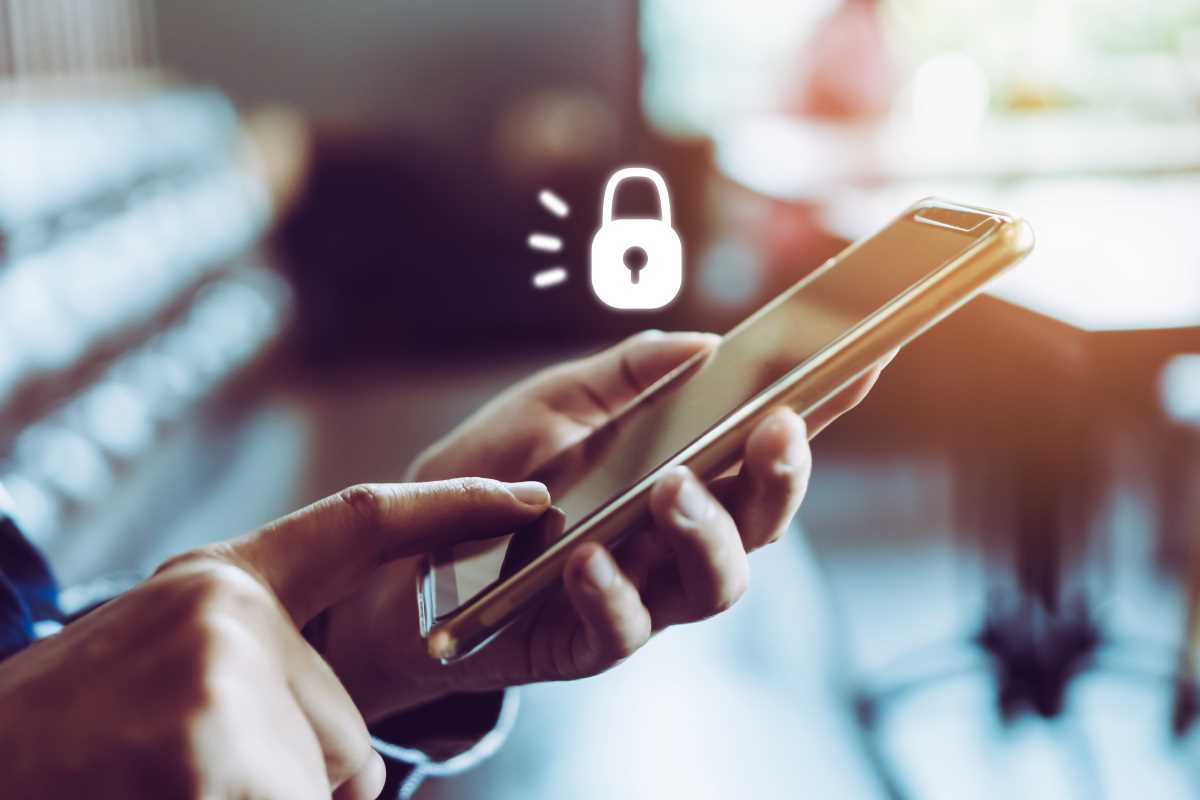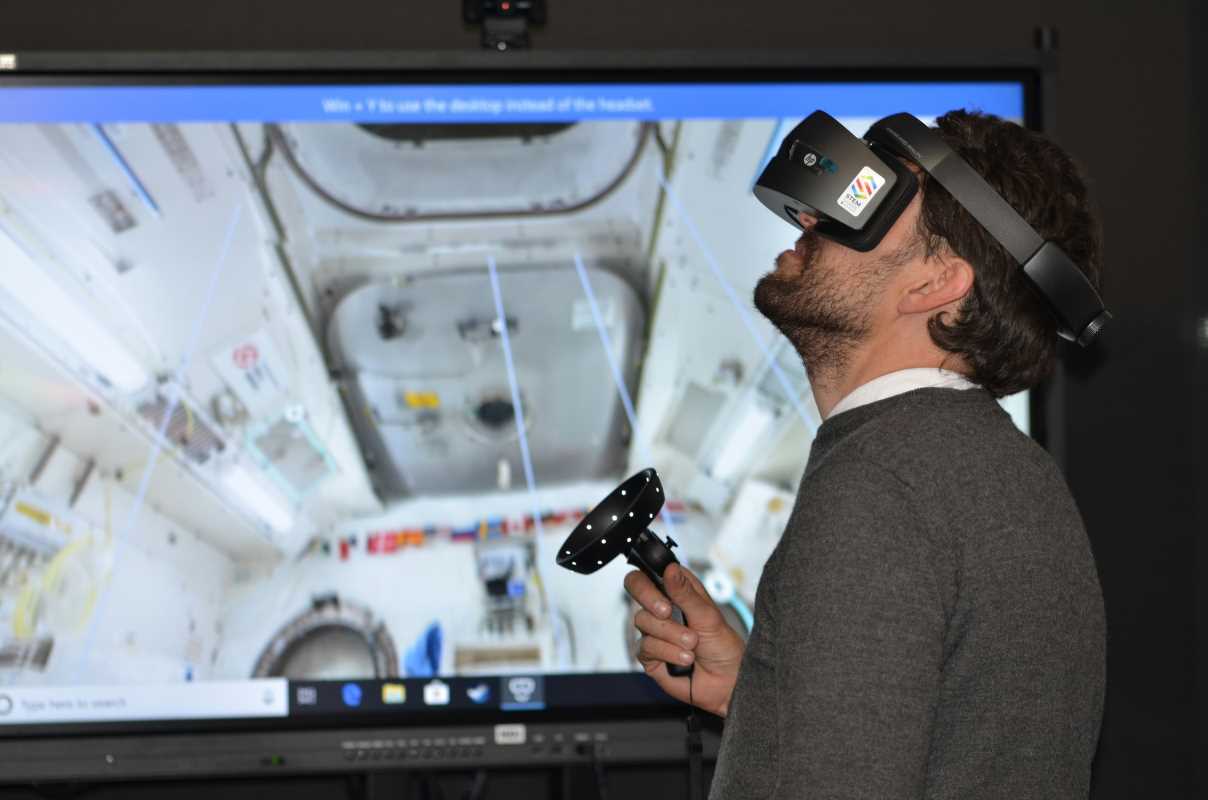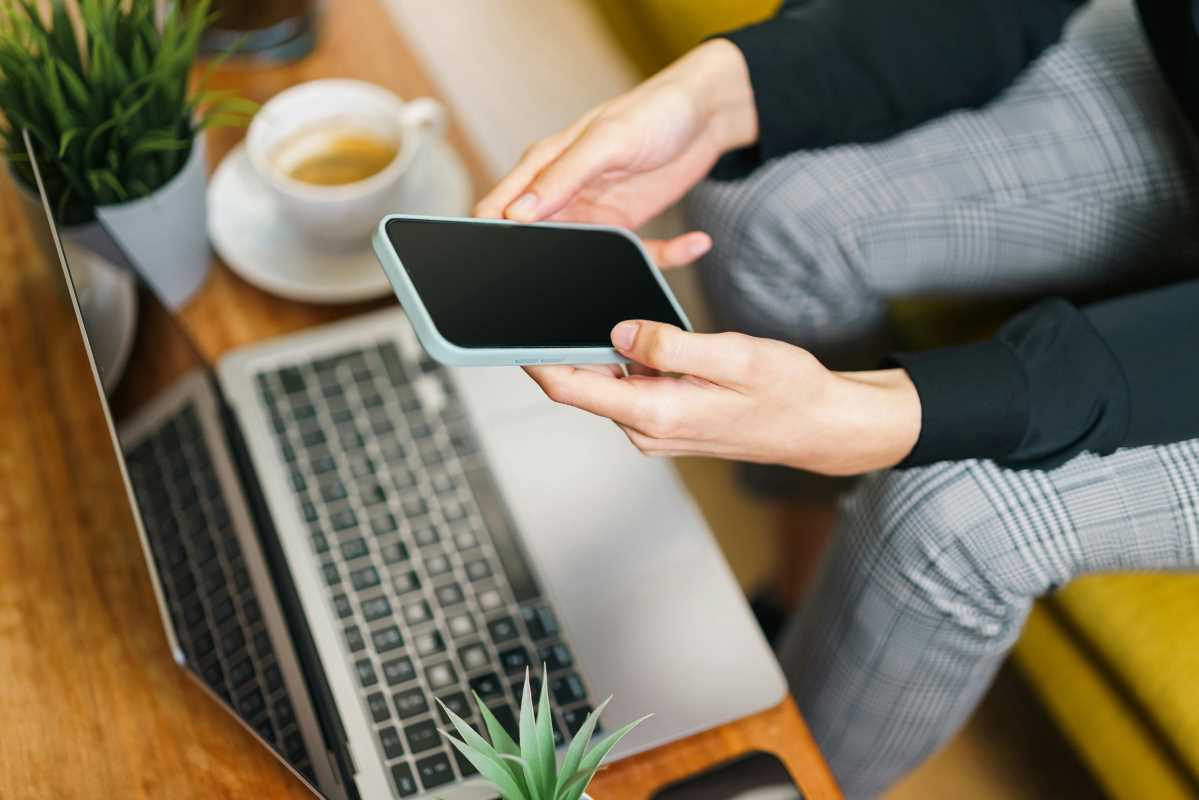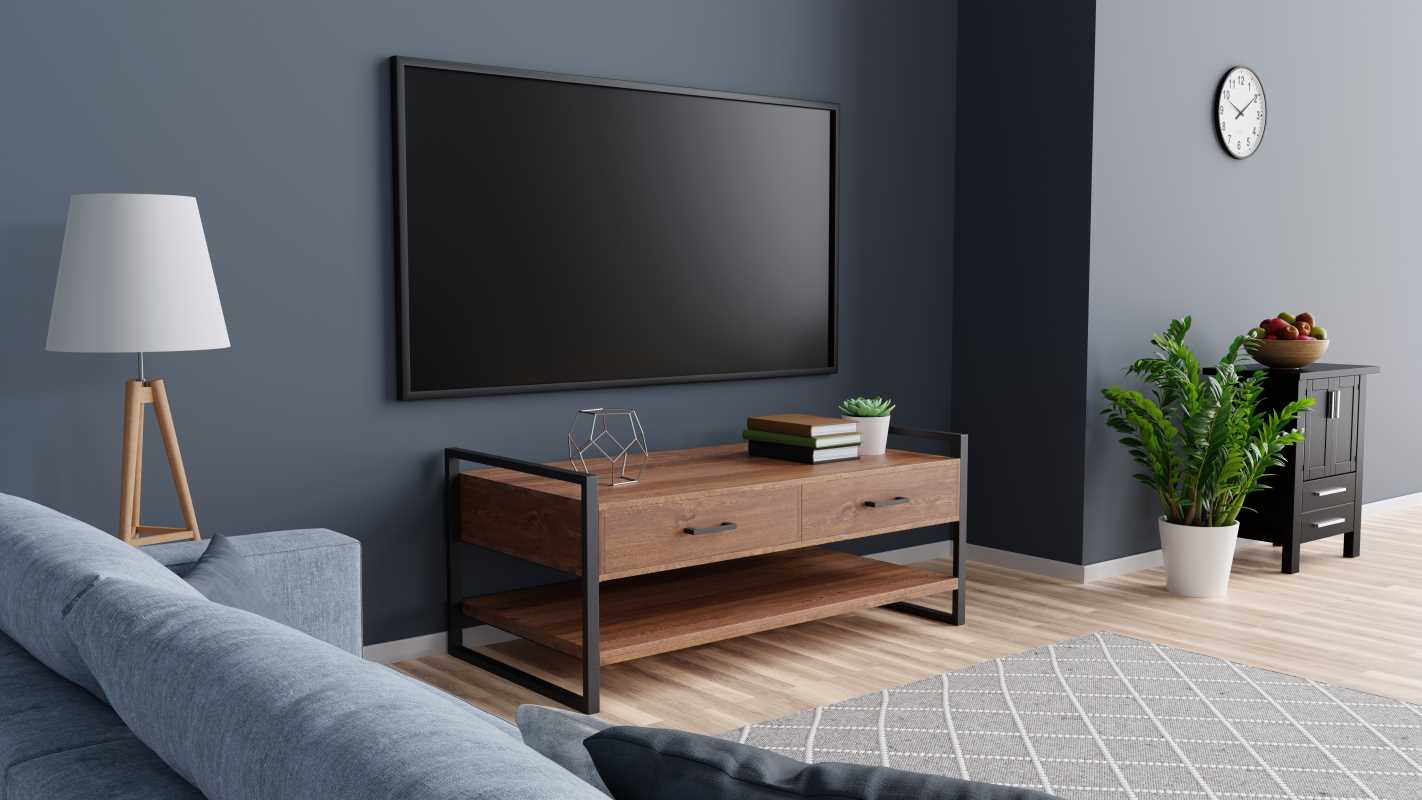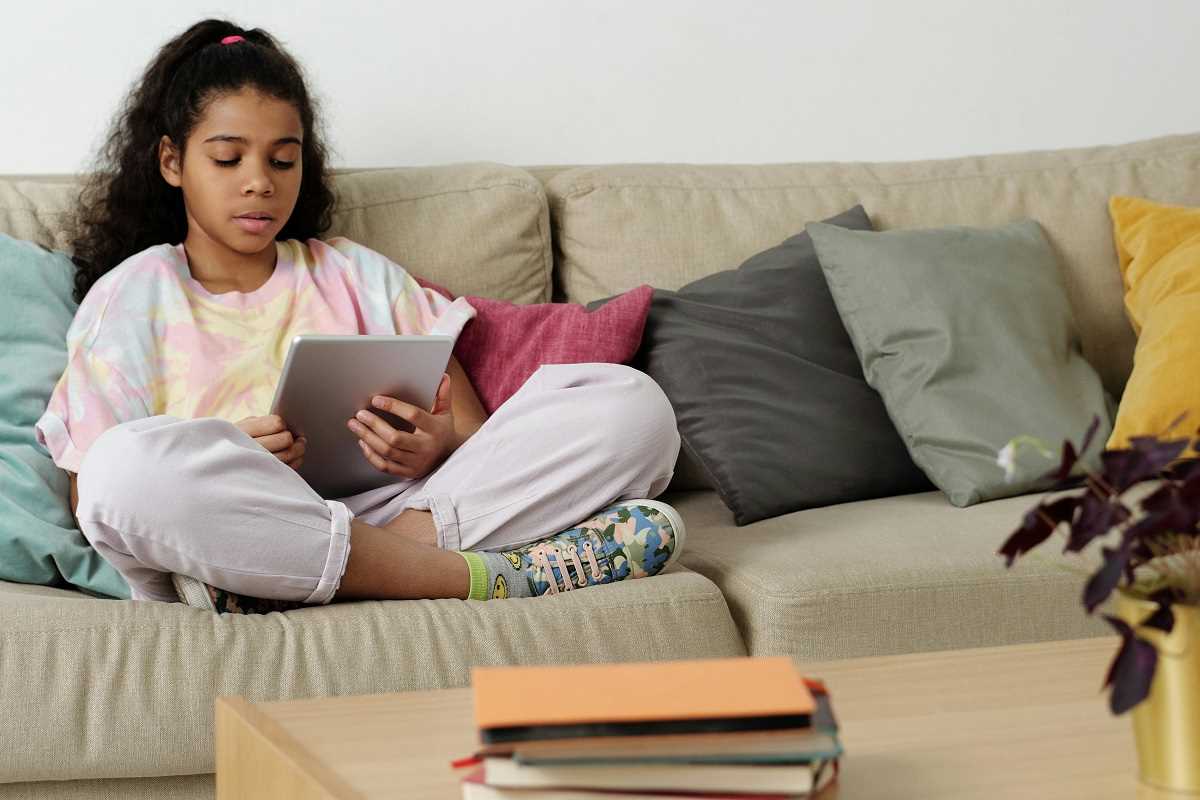It's no secret that we live in a world dominated by screens. From smartphones and tablets to laptops and televisions, screens have become an integral part of our daily lives. While technology offers incredible convenience, excessive screen time can take a toll on both our mental and physical health.
Prolonged use of devices has been linked to issues like eye strain, disrupted sleep patterns, anxiety, and decreased productivity. Fortunately, there are tools designed to combat these challenges. Here are some of the best apps that can help you reclaim your time, boost productivity, and find a healthier balance between your digital and real-life experiences.
Why Reducing Screen Time Matters
Excessive screen time affects us more than we realize. Staring at screens for hours can lead to physical problems like digital eye strain, which causes headaches, blurred vision, and dry eyes. Poor posture while using devices can result in neck and back pain, often referred to as "tech neck."
Beyond the physical effects, there’s also a mental toll. Spending too much time on social media can increase feelings of inadequacy and anxiety. Sleep? That’s often compromised too, as the blue light from screens suppresses melatonin production, making it harder to fall asleep.
Cutting down on screen time isn’t about giving up technology altogether—it’s about using it more mindfully. By actively managing how much time you spend on your devices, you can improve focus, productivity, and your overall quality of life. The following apps are excellent tools to help you establish better boundaries with your digital habits.
1. Forest
For those who struggle to resist the pull of social media or endless notifications, Forest offers a creative and motivating solution. The concept is simple yet effective. You plant a virtual tree when you want to focus on a task, and as long as you stay away from your phone, the tree will continue to grow. However, if you exit the app to indulge in distractions, your tree withers and dies.
- Forest isn’t just an app—it’s a productivity game. Watching your virtual trees flourish can be incredibly rewarding, turning your focus sessions into a fun challenge.
- Over time, you can grow an entire forest, serving as a visual representation of your dedication to staying focused.
- Even better, Forest partners with a real-world tree-planting organization, allowing you to contribute to environmental efforts as you improve your digital habits.
Use Forest during meetings, study sessions, or even family dinners to stay present and limit distractions. Start small by setting 10-15 minute focus sessions and gradually increase the time as your self-discipline improves.
2. Flipd
Flipd is another fantastic option for anyone looking to reduce screen time. This app goes a step further by letting you temporarily lock your phone to eliminate distractions completely. You can set a timer for how long you want to disconnect, and during this period, access to other apps and websites is restricted.
- One of Flipd’s standout features is the "Full Lock" mode.
- This option removes temptation by completely locking your phone—not even restarting your device will undo it!
- For a gentler approach, Flipd also allows you to create custom "Flip-off" sessions where only certain apps are blocked while others remain accessible.
Flipd is great for students, remote workers, or anyone who struggles with procrastination. It’s particularly useful during moments when uninterrupted focus is critical, like preparing for exams or working on tight deadlines.
3. StayFree
StayFree combines robust app usage tracking with tools to help you stay mindful of your digital consumption. The app monitors how much time you spend on individual apps and provides detailed insights into your usage patterns.
- StayFree allows you to set daily limits for apps, sending alerts when you’re nearing your quota.
- This is especially helpful for checking how much time you spend scrolling through Instagram or TikTok.
- The app also includes a "Focus Mode" that silences notifications and blocks selected apps during your productivity sessions.
StayFree is ideal for those who want data-driven ways to understand and improve their screen time habits. By helping you identify your biggest time-wasters, the app allows you to make more intentional choices about how you spend your day.
4. Screen Time (Built-In for Apple Users)
If you own an Apple device, you already have access to Screen Time, a built-in tool designed to help monitor and manage your screen usage. With this feature, you can track activity, set app limits, and even schedule "downtime" to reduce distractions.
- One of Screen Time’s most popular features is App Limits, which lets you set daily time allowances for specific apps.
- Once you exceed your limit, the app is locked for the rest of the day (although you can override this if necessary).
- Parents can also use Screen Time to monitor and control their children’s device usage, creating boundaries to promote healthier habits.
5. Space
Space takes a mindfulness-based approach to reducing screen time. Unlike other apps that solely focus on restricting use, Space encourages reflection and balance. It allows you to set goals for your phone usage while providing reminders to take breaks and be present in the moment.
- The app offers a unique community feature, where users share their experiences and support each other in creating healthier habits.
- Space also incorporates mindfulness exercises, making it ideal for those who want to not only reduce usage but also feel more connected to the world around them.
Use Space during family meals or outings with friends to ensure you’re fully engaged with loved ones. Pair it with meditation practices to cultivate a greater sense of inner calm.
Finding Balance
While these apps are invaluable for helping you manage screen time, they’re only as effective as the effort you put into using them. Here are some practical ways to integrate them into your daily routine:
- Start Small: Begin by reducing screen time in increments—try cutting back by 15 to 30 minutes per day.
- Create Device-Free Zones: Designate certain areas of your home, like bedrooms or dining areas, as screen-free zones.
- Schedule Breaks: Use the apps’ timers and reminders to pause and look away from screens every 20-30 minutes, even if you’re working.
Reducing screen time doesn’t mean cutting yourself off from technology entirely. Instead, it’s about finding a balance that allows you to enjoy the benefits of connected devices without letting them control your life. With the right tools and strategies, you can develop healthier digital habits, boost your productivity, and reclaim moments that truly matter.
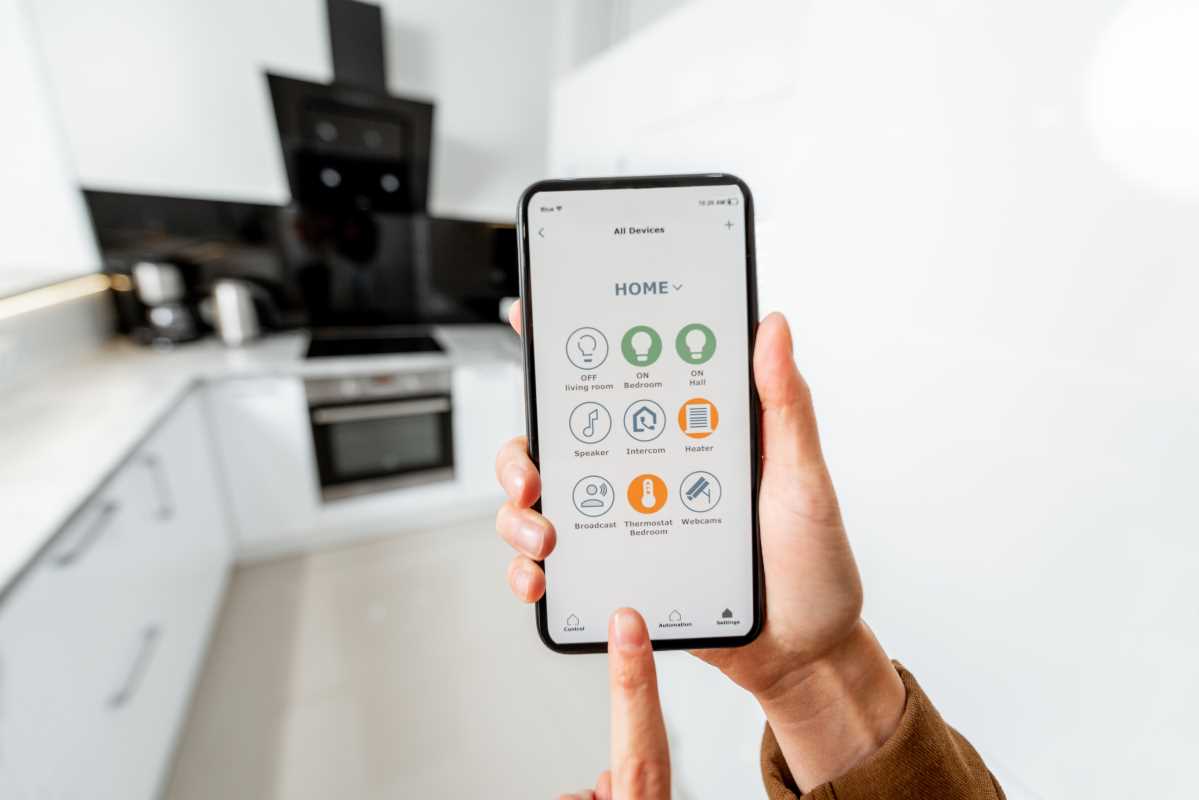 (Image via
(Image via